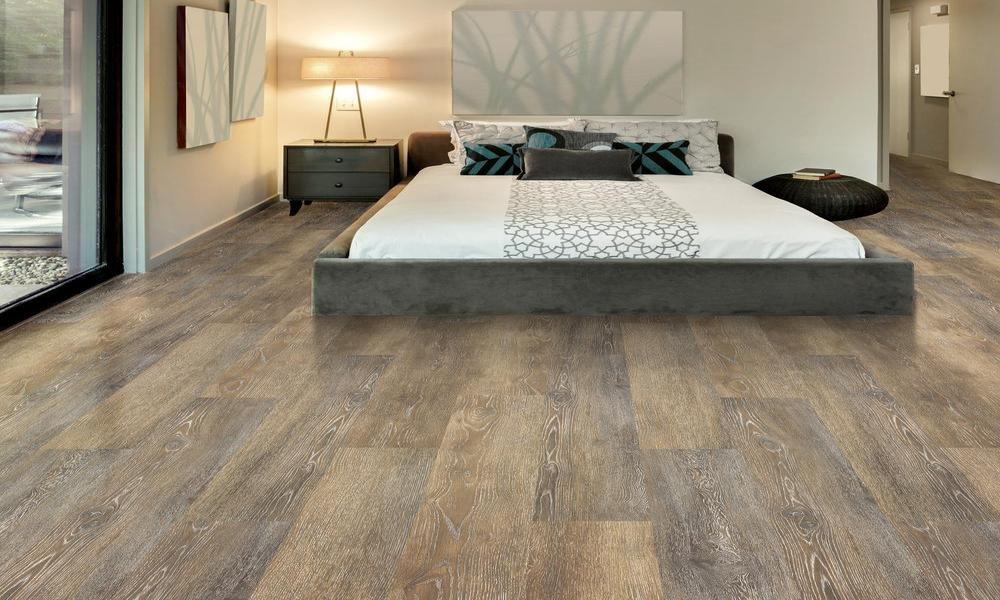When it comes to flooring, there are numerous options to choose from. Two popular choices are LVT (Luxury Vinyl Tile) and PVC (Polyvinyl Chloride) flooring. Although both flooring types have similar properties and appearance, there are some differences that should be considered before making a final decision.
Comparisons
LVT flooring is a type of vinyl flooring that simulates the look of real wood, stone, or tile. It is made up of several layers, including a protective wear layer, a printed design layer, a vinyl core, and a backing layer. The protective wear layer is crucial in keeping the flooring free from scratches, stains, and other forms of wear and tear. LVT flooring is easy to install and maintain, making it a popular choice among homeowners and commercial property owners.
On the other hand, PVC flooring is a type of synthetic flooring made from PVC resin, a type of plastic. PVC flooring is available in tiles or sheets and is easy to clean and maintain. It is waterproof, making it ideal for use in areas where moisture is a concern, such as bathrooms and kitchens. PVC flooring is also durable, making it suitable for high-traffic areas such as schools, hospitals, and commercial spaces.
Appearance
LVT flooring is designed to mimic the look of natural materials like wood, stone, and tile. It comes in a variety of patterns, textures, and colors to suit different décor styles. LVT flooring can be made to look like expensive hardwood floors or natural stone, at a fraction of the cost.
PVC flooring is available in many colors and patterns, but it cannot match the natural appearance of LVT flooring. It is more suited for modern and contemporary interiors where a clean and minimalist look is desired.
Durability
LVT flooring is resistant to scratches, dents, and stains. It is also slip-resistant, making it safe to use in areas prone to moisture. LVT flooring is perfect for high-traffic areas like hallways and commercial spaces, as it can withstand heavy foot traffic without wearing down quickly.
PVC flooring is also durable and resistant to scratches and stains. However, it is not as slip-resistant as LVT flooring and can become slippery when wet, making it less suitable for areas prone to moisture.
Installation and Maintenance
LVT flooring is easy to install, as it comes in tiles or planks that can be glued or clicked together. It is also easy to maintain, requiring only regular cleaning with a damp mop or vacuum. LVT flooring is perfect for DIY projects, as it can be installed without professional help.
PVC flooring is also easy to install, but it requires a level subfloor to avoid bumps and unevenness. It is easy to maintain, requiring only regular cleaning with a damp mop or vacuum.
Cost
Price LVT flooring is more expensive than PVC flooring, mainly because it is designed to mimic natural materials. However, it is still more affordable than real wood, stone, or tile flooring.
PVC flooring is more affordable than LVT flooring, making it a popular choice for those on a tight budget. However, the lower price point may be reflected in the quality of the material, as it may not last as long as LVT flooring.
Final verdict
In conclusion, both LVT and PVC flooring have their benefits and drawbacks. LVT flooring is a more natural-looking and durable option, while PVC flooring is more affordable and suitable for areas prone to moisture. Ultimately, the choice between the two will depend on personal preference, budget, and the specific needs of the space.

